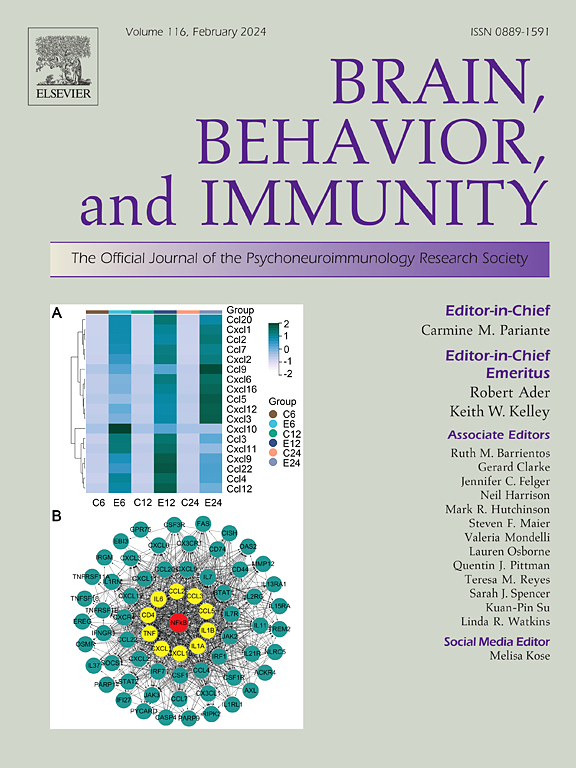Vitamin D can mitigate Sepsis-associated neurodegeneration by inhibiting exogenous Histone-Induced pyroptosis and Ferroptosis: Implications for brain protection and cognitive Preservation
Abstract
Background
Sepsis-induced neurodegeneration and cognitive dysfunction remain critical challenges worldwide. Vitamin D was reported to reduce neuronal injury and neurotoxicity and its deficiency was associated with neurocognitive disorders. This study investigates the mechanisms by which vitamin D exerts neuroprotective potential against damage-associated molecular patterns (DAMPs), specifically extracellular histones, in sepsis-related brain dysfunction.
Methods
The cultured mouse hippocampal neuronal HT22 cells were exposed to 20 µg/ml exogenous histone for 24 h to induce pyroptosis and ferroptosis in the presence or absence of the active form of vitamin D, calcitriol (1 nM). A cecal ligation and puncture mouse sepsis model was used to evaluate histone release and pyroptosis/ferroptosis biomarkers in the brain together with neurobehavioral performance with or without calcitriol treatment (1 µg/kg, i.p. injection) at 24 h or 1 week after sepsis onset.
Results
In vitro, histone exposure triggered both pyroptosis and ferroptosis in neuronal cells, which was significantly suppressed by calcitriol treatment with the reduced expression of caspase-1 by 38 %, GSDMD by 30 %, ACSL4 by 33 %, and the increased expression of GPX4 by 35 % (n = 6, P < 0.05). Similarly, in vivo, calcitriol treatment inhibited both neuronal pyroptosis and ferroptosis by reducing expression of pyroptosis marker, GSDMD/NeuN (11.6 ± 1.2 % vs. 19.4 ± 1.1 %) and increasing expression of ferroptosis marker, GPX4/NeuN (21.4 ± 1.7 % vs. 13.5 ± 1.1 %), in the brain of septic mice (n = 6, P < 0.01). In addition, calcitriol increased survival rate (72 % vs. 41 %) and ameliorated cognitive dysfunction of septic mice (n = 8–13, P < 0.05).
Conclusions
This study demonstrates that vitamin D exerts a neuroprotective effect against sepsis by attenuating histone-induced pyroptosis and ferroptosis. These findings highlight the potential therapeutic role of vitamin D supplementation in mitigating brain dysfunction associated with sepsis which needs for further investigation.





